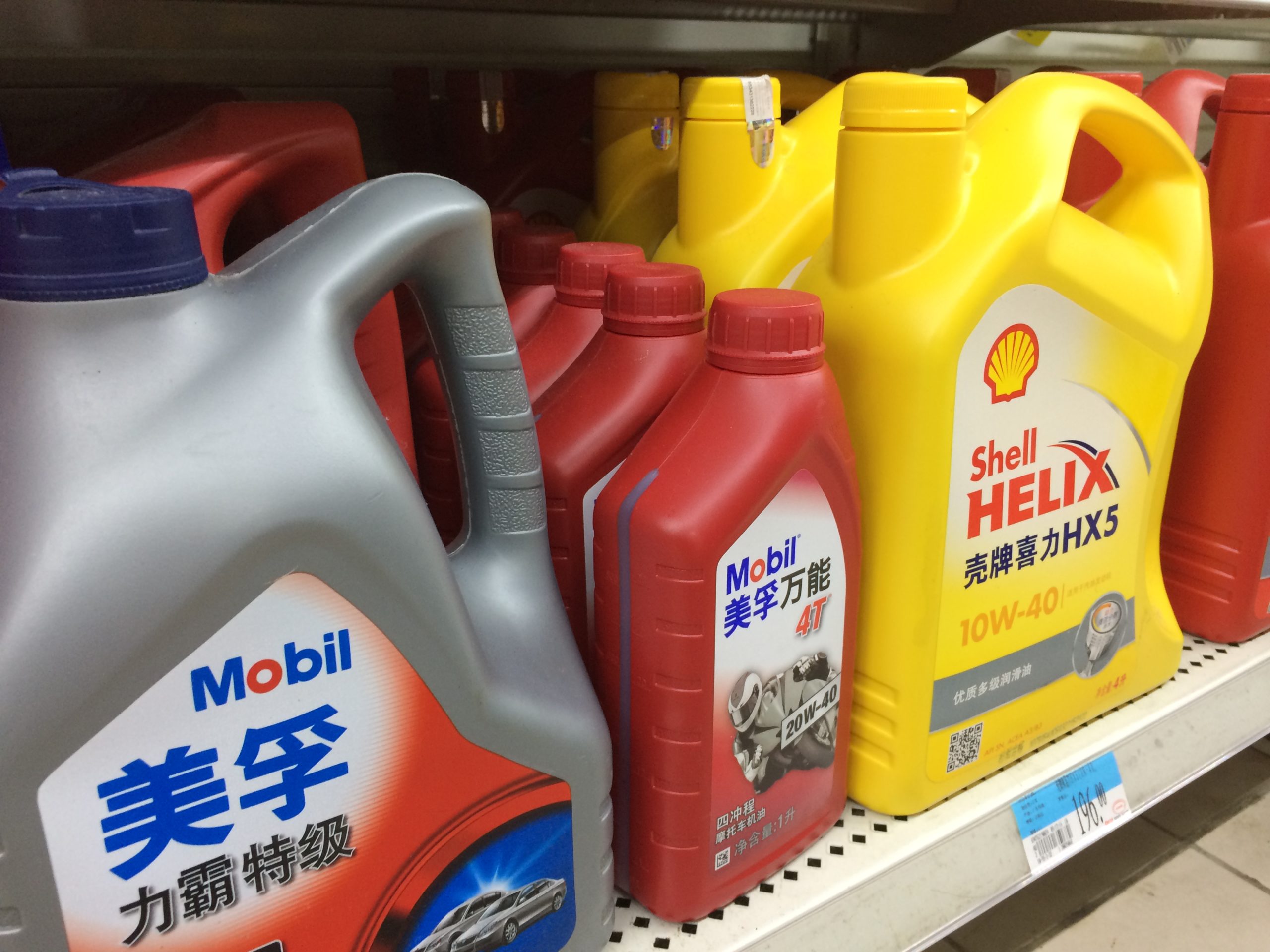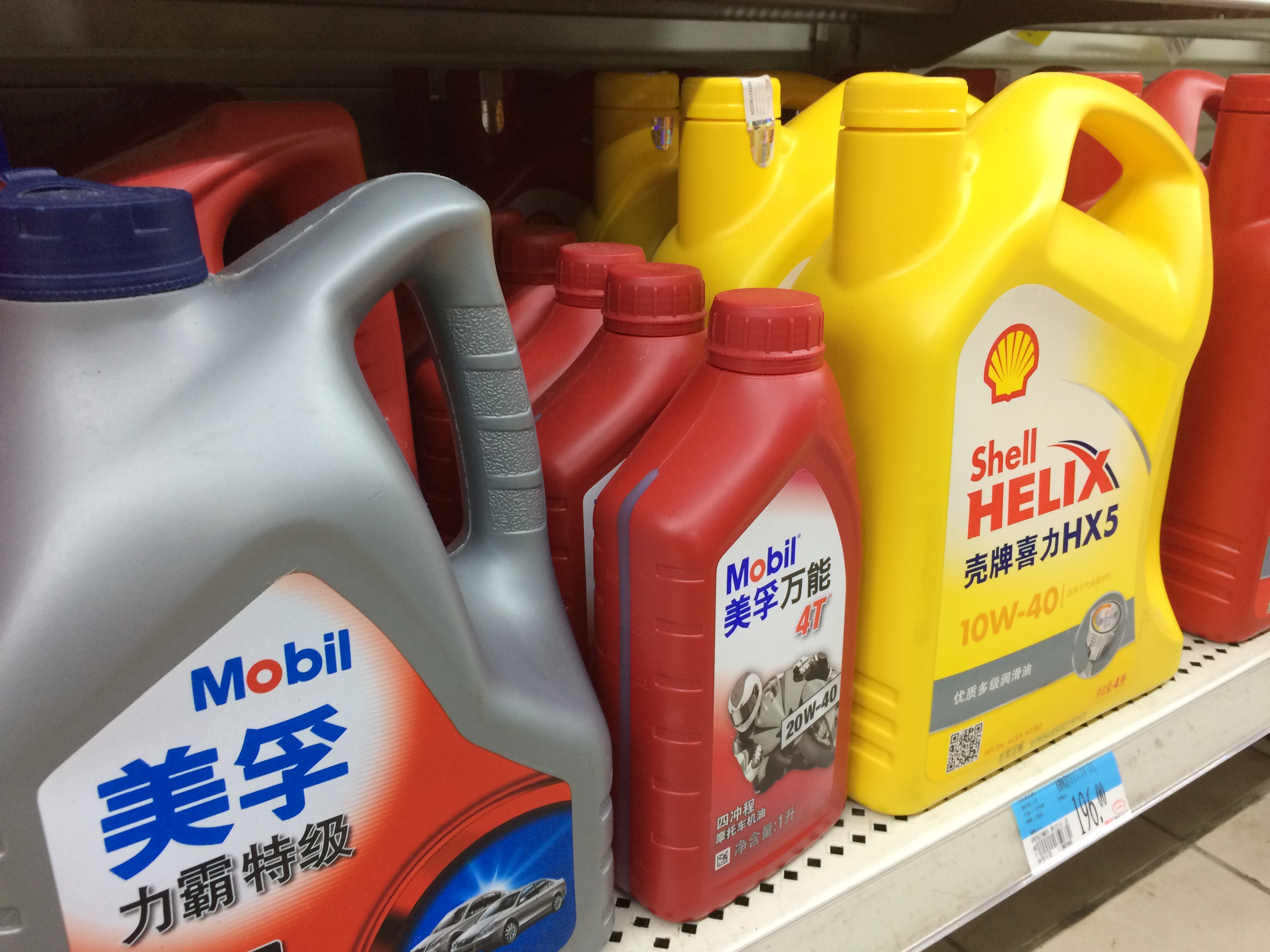
Chinas lubricant market, which grew more than any other in the world for a decade, is forecast to shrink by an average of 0.4 percent annually over the next four years, to 6.9 million tons, an industry consultant said last week.
In a Feb. 8 webinar, Kline & Co. representatives cited an economic slowdown and government regulations as the driving forces of change in Chinas market.
The consultancy anticipates the countrys gross domestic product will expand at roughly 4.5 percent per year over the next five years, which is significantly lower than the double-digit growth rate for much of 2003-2011. Because of this, many lubricant industry players are focusing on protecting their profits.
David Tsui, program director for energy at Kline, said the industrial and commercial segments will see a lot of consolidation, modernization of equipment and fleets, as well as diminishing margins. This is causing them to seek better lubricants and services while reducing overall costs to protect their margins.
Margin protection measures by consumers and businesses is shaping the lubricant supplier landscape. Local majors and multinational corporations, which once dominated the market, are now losing market shares to local minors.
Local independents have increased their shares in the consumer, industrial and commercial categories due to the economic slowdown causing consumers and businesses alike to seek cost savings [with] lower-tier products. They are gaining momentum in the consumer and industrial segments, and currently dominate the commercial segment, which has spurred competition.
Local majors that once offered low-, mid- and high-end lubricants will primarily offer mid- to high-end products by 2020. This will leave low-end lubricants to be predominantly sold by local minors.
Multinational corporations have begun to sell more directly to key clients, and Tsui noted that local majors are following suite. Local majors are starting to offer more direct sales and personalized service to the larger clients, while multinationals are excelling with their technology leadership through programs such as total lubricant management.
The economic slowdown has not, however, stopped the government from driving product evolution in both the automotive and industrial sectors through regulations.
Chinas government released policies requiring all obsolete equipment to be replaced with higher-speed and more durable modern equipment.
The automotive sector is also shaping up for product evolution, Tsui said. In line with global trends, automotive lubricant marketers in China are striving to make products that help improve fuel economy and that help vehicles meet tighter emissions standards.
In 2016, over 24 million cars were sold in China, a 15 percent increase from the previous year, and nearly 6 million more than were sold in the United States, Tsui said in an interview. He continued, A growing middle class, urbanization of Western China and government stimulus have all contributed to a car population that has seen double-digit growth since 2003. Increased urbanization has had a direct impact on the lubricants market in China, Tsui noted.
Traditionally, the coastal region of China has represented the vast majority of lubricant demand, totaling more than 50 percent by 2015. The middle and inland regions, however, are enjoying a large amount of GDP growth, which is increasing their lubricant demand. The coastal region is still expected to account for a large percentage of lubricant demand, however.
Chinas government is cracking down on environmental regulations, which Kline sees as affecting the market significantly. In addition to implementing National IV emissions standards and preparing a 2017 roll-out for National V, which are modeled after the Euro IV and V emissions standards, respectively, the government will encourage green transportation and infrastructure. Tsui added, Manufacturing will shift from low value-added goods to higher value-added goods and services.
Though market demand is estimated to shrink to 6.9 million tons by 2020, the Chinese market will likely remain one of the largest in the world.
Kline values Chinas current market at U.S. $26 billion. In terms of volume, industrial lubricants dominate the market, with an almost 50 percent share, but it is the consumer segment that dominates in monetary measurements – by roughly the same percentage.
Combined, the commercial and consumer segments account for 3.9 million tons of lubricant demand. Engine oil takes up over 70 percent of those 3.9 million tons, according to Kline. Heavy-duty oils are just under 50 percent of the combined commercial and consumer markets, with passenger car oils following behind at roughly 25 percent. The industrial sector, which is dominated by process oils, totals at 3.1 million tons.
The consumer segment is growing fastest, and Tsui believes this trend will continue through 2020.
The webinar was on Klines market study titled Opportunities in Lubricants: China Market Analysis. This analysis was based on more than 400 interviews in nearly as many companies in China, conducted between May and October 2016.
Photo: Joe Beeton / Lube Report Asia
